You may wonder: Is there an example of Web 3? Yes! Actually, there are several examples, and we will examine them further in this blog.
So, if you are attracted to this world and want to know more about the third generation of the Internet, continue reading!
First, let’s have a brief overview of the history of the Internet to better understand the explanation of Web 3.0.
A Quick Look at World Wide Web History
Imagine a car company founded 100 years ago building outstanding super sports. Were their first cars as fast and glorious as the ones they are creating now? Absolutely not! So is the Internet.
Progress in various technologies has enabled the Internet to evolve and become increasingly valuable for society.
The Internet has evolved through three main stages over the past 40 years.
Web 1.0: The Read-Only Web
In its early days, the Internet was nothing more than static web pages.
Users couldn’t interact with the content they were consuming on the web in any way!
Assume a one-way road where only web developers had the right to speak and produce content. Regular people could see these static pages and nothing more. They couldn’t even post a comment; as mentioned above, any interaction was impossible!
Although it seems ridiculous today, it was an impressive advancement in the IT world at the time.
Web 1.0 lasted until the mid-2000s, and it provided the required infrastructure for the Internet we have today!
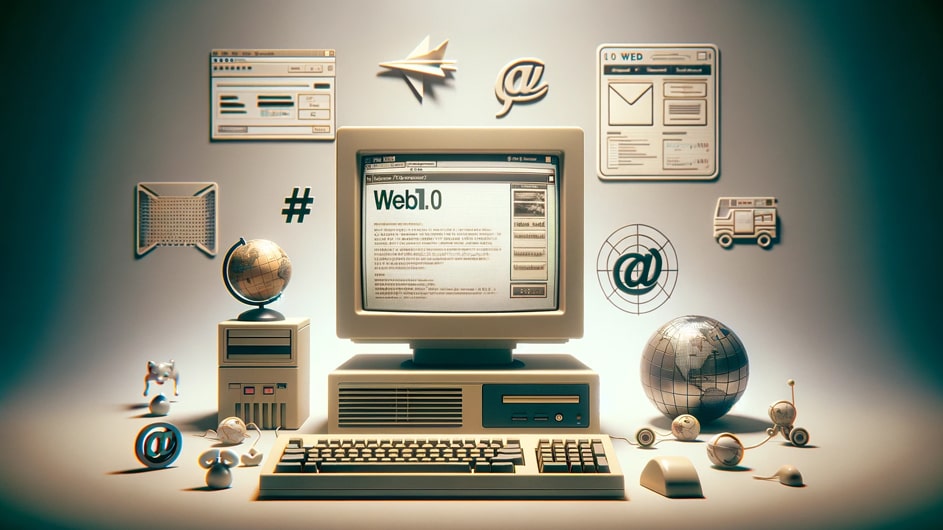
Web 2.0: Interaction Became Possible
Web 1.0 was an excellent start for connecting the world through a network. However, many limitations prevented the Internet from reaching its full potential!
The rise of Web 2.0 eliminated these restrictions and took the Internet to the next level. Content management systems like WordPress allowed even non-tech people to create websites, beginning the mass adoption of the Internet.
Additionally, different social media platforms came into the game, enabling users to interact and even create content on their accounts with the least effort needed.
Simply said, Web 2.0 has made the Internet more interactive, and users are no longer merely consumers.
![]()
Thus, people call this era the read-and-write phase, which we currently utilize.
Note that although users have much more power and effect nowadays, giant tech companies such as Google, Microsoft, Meta, X (former Twitter), etc., have the upper hand and have an impact on everything.
They store all the data created by users creating content on their platforms in their private data centers and use the data they legally own to their interests.
It is a severe ethical problem that has gained attention in the past few years and was the main reason behind the idea of the third generation of the Internet, also known as Web 3.0.
Web 3.0: We are the Power
First, you should acknowledge two critical concepts: centralization and decentralization.
- Centralization: When a person or a company is in charge of decision-making and owns all the data created on a platform, we deal with a centralized structure.
- Decentralization: When all the users on a platform are part of the decision-making system and their data owners, we face decentralization.
Web 2.0 is an entirely centralized form of the Internet. Websites, large and small, own data and are in control of everything that happens on their platforms.
Your account on Facebook or Instagram, including all its content, belongs to Meta! More specifically, they can do it if they decide to remove your account, and the law supports their action.
Also, they can use all the data you put on their platform for their interests. For example, they can sell it to advertising companies, and they do this! That is why you see ads for the things you need all over the Internet.
Web 3.0 embodies the vision of creating a decentralized network where individuals retain ownership of their data and privacy is respected.
Although the third generation of the web has yet to be overcome, many platforms and websites are built on a decentralized structure.
As promised, we will examine more than one example of Web 3 in this blog, which will likely happen sooner than expected!
For a related read, check out: what is web3
Let’s examine some examples of Web 3.0
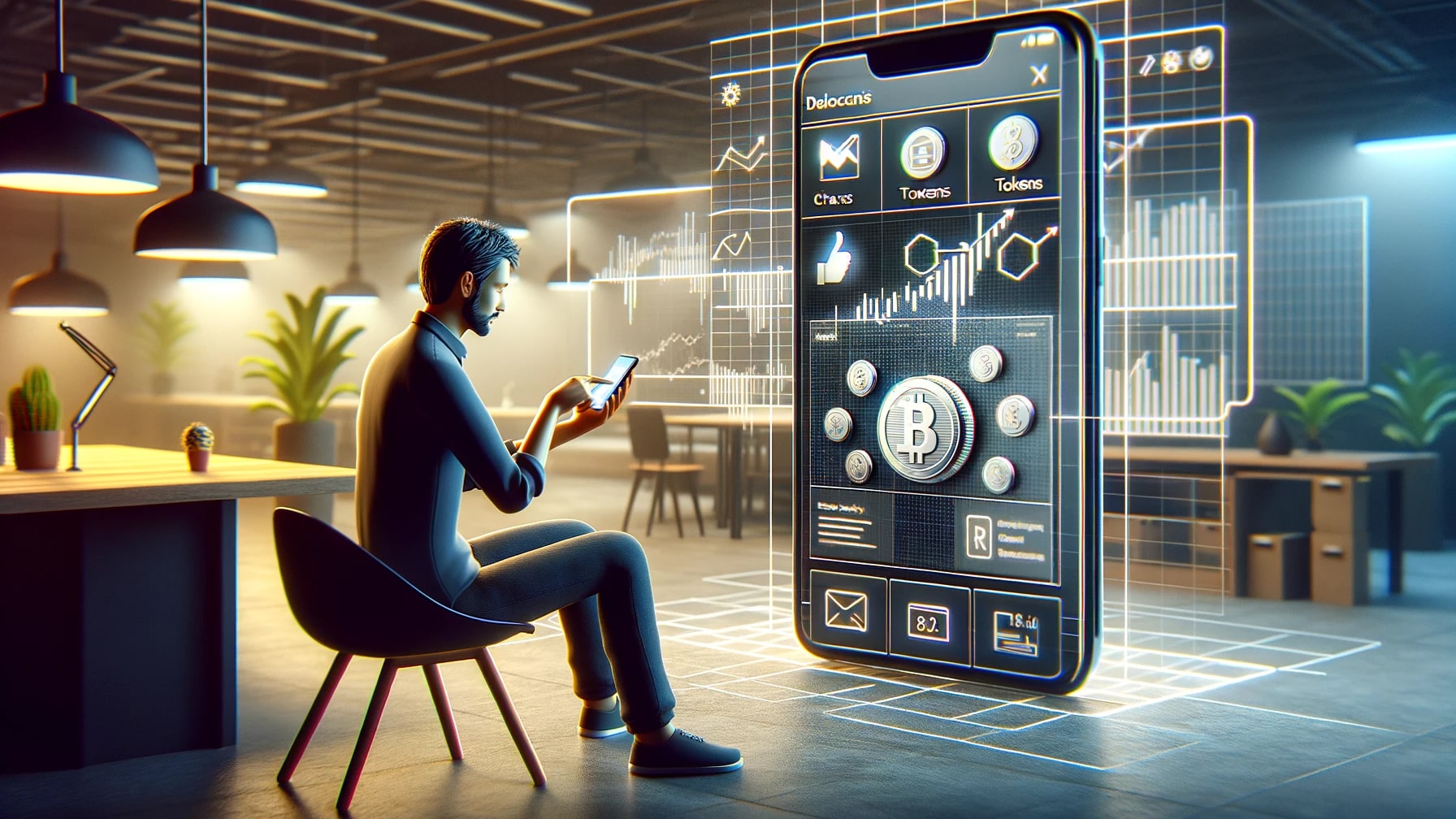
Web 3.0 Technology Advancements
Some technologies made Web 3.0 accessible, and some technologies evolved thanks to implementing decentralized infrastructures. Here, we will examine some of the most significant ones.
Blockchain
Blockchain is a revolutionary technology that, when adopted by the masses, will change everything and enable decentralization. It is the leading technological advancement that made the Web 3.0 dream possible.
In simple terms, a blockchain is a distributed ledger that records all the Records or Data on various servers worldwide. Hence, no one can change anything that is already recorded without the permission of the majority of the network. In other words, blockchain is secure against cheating and fraud.
In simple words, it looks like you have 10 Accountants in your company, and all of them do the same thing! All of them record every money transfer. If there was any data inconsistency, all the records should be checked, and an agreement to solve the problem. This is decentralization! But in real blockchains, there are thousands of servers recording data and working without any inconsistency.
The idea of creating such a database dates back many years. But Satoshi, the creator of Bitcoin, implemented this technology for the first time over a decade ago.
Until this point, blockchain’s most common use cases were for cryptocurrencies, but this technology and its fantastic characteristics can benefit several fields.
Cryptocurrency
Bitcoin was introduced around 2010. At that time, a few believed in its potential, but nowadays, it is one of the most precious assets, far above the US dollar, euro, Great Britain Pound, etc.
Now, more than 2 million different cryptocurrencies are traded in crypto exchanges.
So basically, cryptocurrency is one of the primary technologies progressing thanks to Web 3.0 and, specifically, blockchain.
Now, Cryptocurrencies and Tokens are the Main parts of any Web 3 Platform.
Non-Fungible Tokens (NFTs)
Another example of Web 3.0 regarding technology is a Non-fungible token, AKA NFT. When the shift from Web 2.0 to Web 3.0 is completed, NFTs play a crucial role in the new Internet era.
As the name suggests, NFTs are a type of cryptocurrency with a significant difference. Each NFT is a unique token, meaning no two NFTs are identical!
NFTs are the tokens that prove ownership of various digital assets in Web 3.
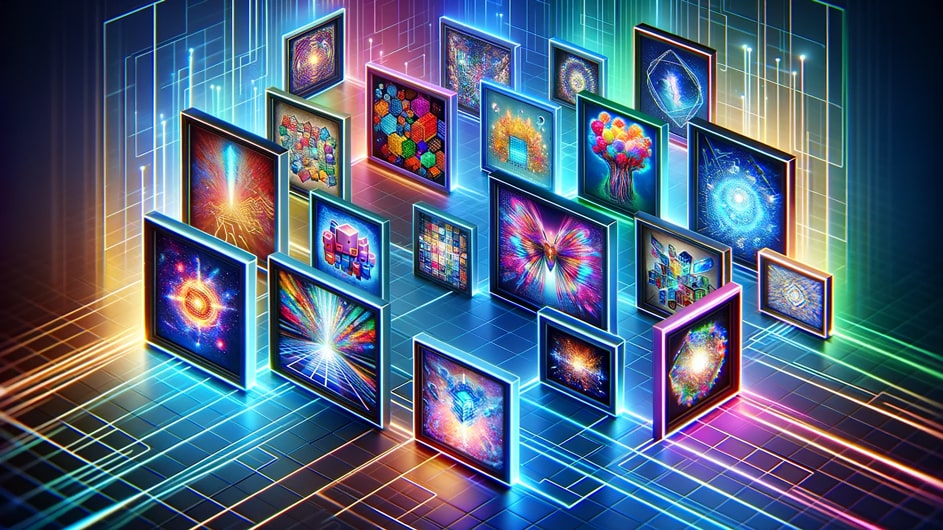
Smart Contracts
Web 3.0 aims to take everything happening in real life to the digital world. Thus, a proper way to make deals and settle agreements online must exist.
Smart contracts are the solution to this matter. Codes will be written on the blockchain, and the predetermined terms will execute precisely when the terms are met.
Decentralized Apps (dApps)
Almost all the applications we use daily are centralized apps provided by giant tech companies or startups, which own the data and control everything happening on those platforms.
Referring to the previous section, the third generation of the Internet is about decentralization. So, apps and platforms must be decentralized, too.
It is another technological advancement according to the rise of Web 3.0.
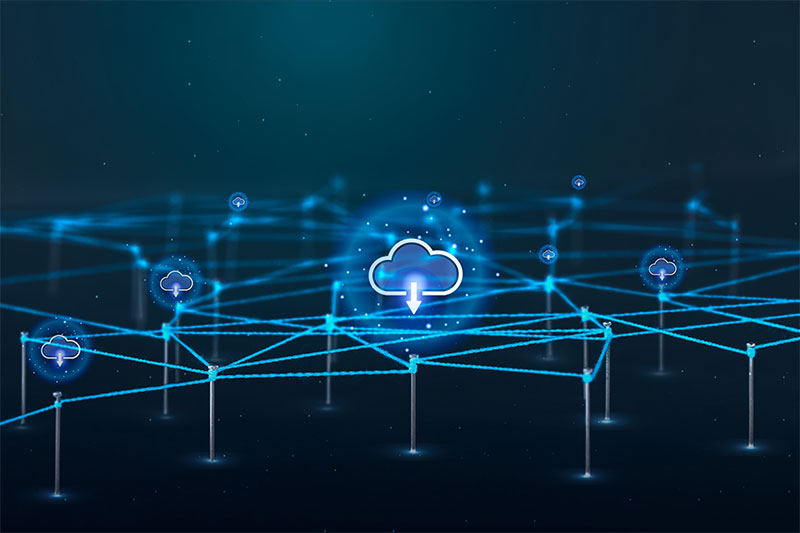
This was the last example of Web 3 technologies. Now, it’s time to move on and learn about some specific Web 3.0 examples.
3 Examples of Web 3.0 Tools
There are several tools in the world of Web 3.0, and we will take a peek at some of the most influential tools.
Cryptocurrency Wallets
We’ve discussed cryptocurrency as a notable example of Web 3 technology. Some digital wallets, known as cryptocurrency wallets, are dedicated to storing these assets.
Most of these wallets are decentralized, as keeping the owner’s identity hidden is essential.
If a user loses access to their wallet, all their assets, including any cryptocurrency or NFT, will be gone forever! Because wallets are decentralized, no one can break into anyone’s wallet, including the creators.
Some of the widely-known wallets are:
- MetaMask
- TrustWallet
- Phantom
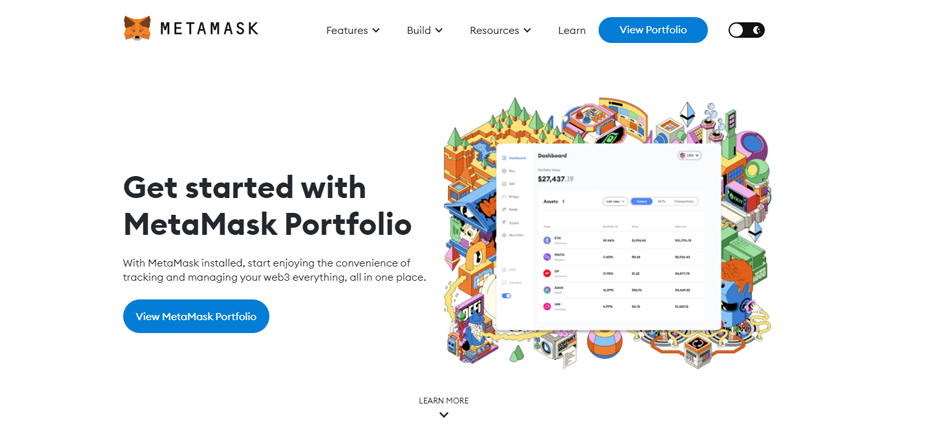
Marketplaces
Buying and selling assets related to the Web 3.0 world occurs on decentralized marketplaces dedicated to this matter.
It is worth noting that despite recording orders and transactions on the blockchain, most marketplaces are controlled by the companies that created them. This means they offer limited decentralization and are not fully decentralized.
Some known examples of these marketplaces are:
- OpenSea
- Rarible
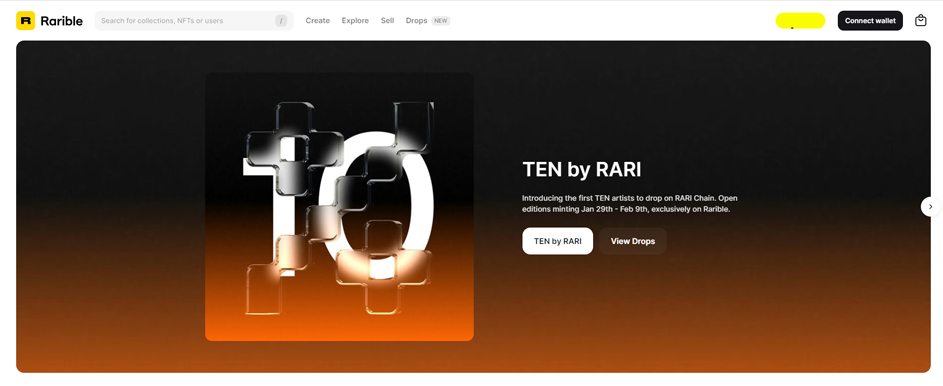
Blockchain Explorers
There are multiple blockchains, and each of them is home to one or more cryptocurrencies.
Blockchains are entirely transparent, and everyone can keep track of all transactions that take place on them. Therefore, some tools, known as blockchain explorers, act as search engines for these decentralized databases.
With the use of these tools, people can review blockchain activities closely.
Some of the most famous blockchain explorers are:
- Etherscan
- Solana Beach
- Polygon Scan

In addition to these tools, some websites offer decentralized services, each of which is an example of Web 3.
What are Some Web 3.0 Websites Examples?
The websites built on decentralized infrastructure offer a wide range of services, from trading cryptocurrency tools to metaverses.
We’ll dive deep into some of the most notable ones here.
Cosmos
Everyone can build blockchains with their preferred set of attributes. Cosmos is a platform that enables enthusiast developers to create customized blockchains on top of the Cosmos hub.
To be more specific, Cosmos is the tool for creating various decentralized apps within Web 3.0, including dApps, NFTs, games, etc.

IDEX
IDEX is the representative of many more DEXs on our list. DEX, short for decentralized exchanges, refers to crypto exchanges built on smart contracts located on blockchains.
Unlike centralized exchanges or CEXs, there is no single authority or firm responsible for facilitating transactions for buying and selling crypto assets; everything gets done fully decentralized and by the predetermined terms of the smart contract of the DEX.
Some other famous DEXs are:
- Uniswap
- 1inch
- PancakeSwap
- SushiSwap
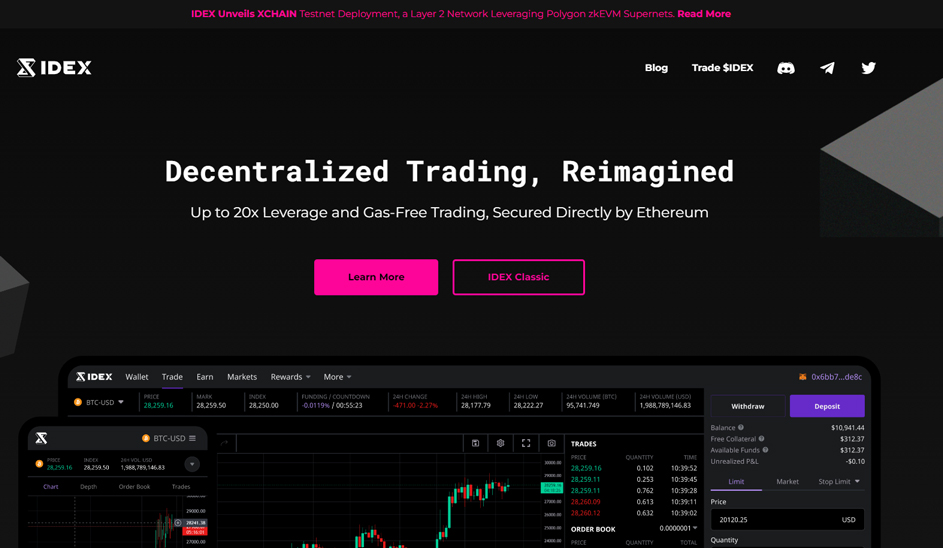
The Sandbox Metaverse
Metaverse is a broad term referring to virtual worlds that are increasing rapidly these days.
One of the most splendid projects in which many significant brands are investing is the Sandbox game, and that’s why we count it as a great example of the Web 3 era.
Sandbox is a platform very similar to the famous game Minecraft and has grabbed so much attention up until now. That’s the reason we chose it as representative for other metaverses, including some big names and remarkable projects, like:
- Start Atlas
- Decentraland
- Bloktopia
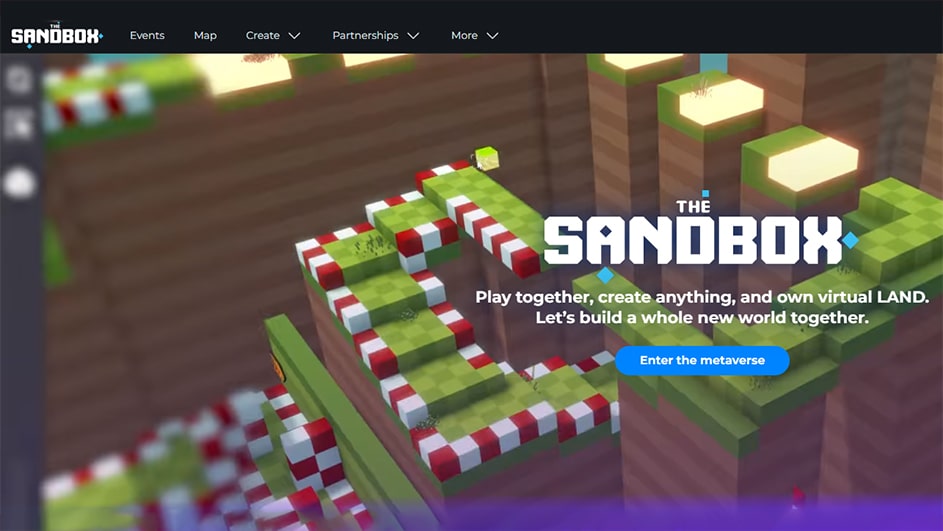
Storj
Google Cloud, Apple Cloud, Amazon Cloud, etc., all provide cloud storage for people who want to keep their data somewhere safe.
But as you know, all those cloud services are centralized and belong to their creators. This means your data is in the hands of Google, Apple, or Amazon!
Storj is the decentralized solution for storing your data on the blockchain, where no one can access it except you with the correct key.
At this point, Storj had gained the trust of many individuals with sensitive data, such as journalists and politicians.
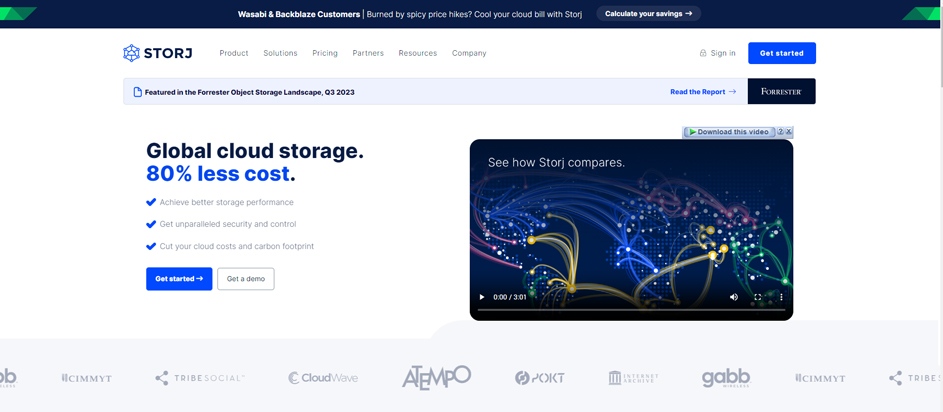
Audius
There are always debates between musicians and music streaming apps like Spotify and Google Music. If you’re a musician, you may know that the disagreements are about the share of each musician’s profit!
Audius is an example of a Web 3 website and platform aiming to solve this issue.
The developers of this decentralized platform, which has a token named AUDIO, say they want to empower musicians. They argue that musicians are the actual art owners and must get the lion’s share.
Now, let’s talk about some Web 3.0 applications.

3 Examples of Web 3.0 Applications
Several applications are decentralized and fuel the engine of Web 3.0 to get adopted by the masses. We will peel at some of the most substantial ones in this section.
Brave Browser
It’s impossible to talk about Web 3.0 applications and not mention the Brave Browser.
Traditional web browsers, such as Google Chrome, Mozilla Firefox, Microsoft Edge, etc., continuously collect users’ data and give it to advertising companies! As a result, numerous ads are shown on users’ screens while browsing with these browsers.
Brave and other Web 3.0-based browsers aim to solve this issue by blocking all ads and ensuring users that their data is theirs.
If any user desires to consume ads, they will get rewarded with the native token of this open-source browser.

Brave has some alternatives, all of which are decentralized and count as examples of Web 3.0 applications:
- Puma Browser
- Beaker Browser
- Opera
You may remember Opera from years ago. With the rise of Web 3.0, its creators decided to follow the trend and made their product decentralized and Web 3-based.
Ethlance
Another example of a Web 3.0 application is Ethlance, a job-seeking platform.
Numerous platforms in this field are available; all are centralized, and individuals control the process.
The main difference between these platforms and Ethlance is that the latter is decentralized and utilizes blockchain to match job seekers with the proper job offers.
DTube
For the third generation of the web to dominate and become a reality, all centralized platforms we use, including video streaming services like YouTube, must be replaced with suitable alternatives.
DTube is the name of a web 3.0 application aiming to substitute YouTube.
Despite YouTube’s functionality, DTube can’t control what users see on their feeds. As it is a fully decentralized platform, users maintain everything.
Unlike YouTube, where some firm authorities make censorship decisions, DTube has a group of users who stake its token and are in charge of such matters.
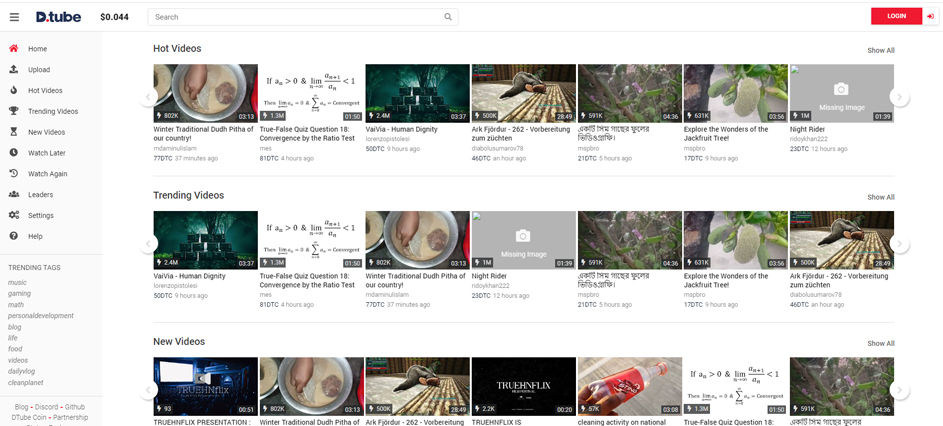
As of now, we’ve discussed several examples of Web 3. Throughout our discussion, we’ve explored various examples of Web 3.0, including tools, websites, technologies, and more.
Building on what we said earlier, social media is a crucial part of Web 2.0, which makes interaction possible. These platforms give users a voice to express their opinions, making Web 2.0 possible.
Because of their importance, we’ve decided to dedicate a separate section to examining social media platforms in Web 3.0!
5 Examples of Web 3.0 Social Platforms
Several social platforms within Web 3.0 have been created up to now, and examining all of them could be exhaustive. Hence, we will look at 5 of them, which seem more important than others.
Steemit
Steem feed resembles traditional social media platforms such as Facebook. It’s built upon the Steem blockchain, and users can earn STEEM tokens by being active on this social media.
As it is a decentralized system, all the users have voting rights in decision-making about different matters.
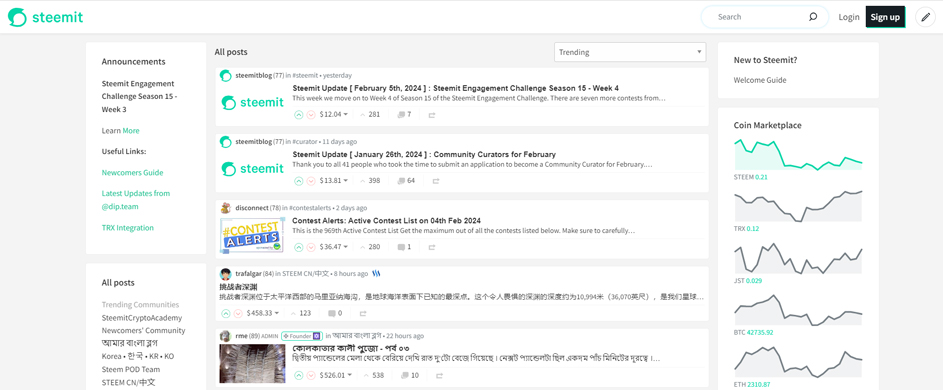
WUBITS
Wubits is a social media site dedicated to cryptocurrency enthusiasts. It’s predictable that such a social platform, built especially for people embracing the principles of Web 3.0 and decentralization, must be decentralized, and it is.
Participating in WUBITS results in rewards, just like Steemit. The more interaction an account gets, the more rewards it has.
That’s why professional traders share their strategies and key points to cryptocurrency success on their Wubits accounts.
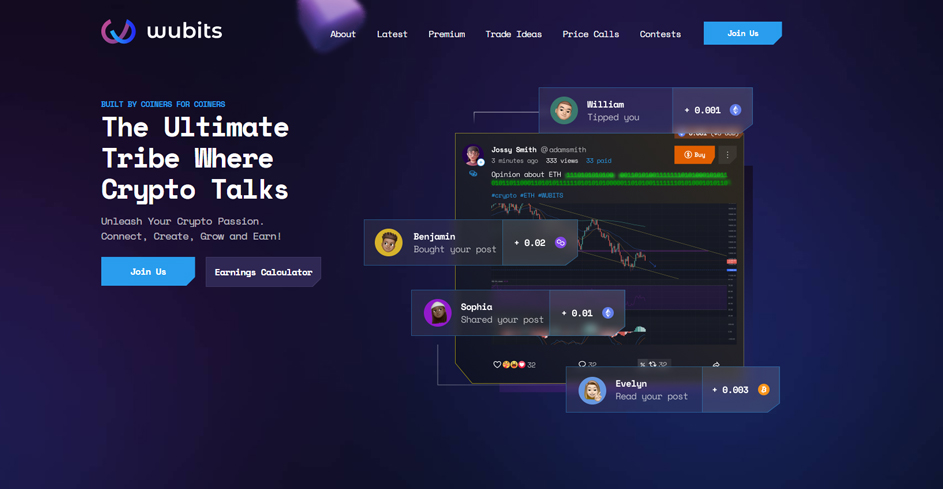
Minds
If you are looking for a Web 3.0 social platform to replace X or the former Twitter, Minds is what you seek!
Users have complete control over their data and can earn tokens by interacting and creating content.
The network is decentralized and strongly encrypted.
Surprisingly, there are 5 million accounts on Minds and over 300 thousand monthly active users.
Now you know why we count it as a significant example of Web 3.
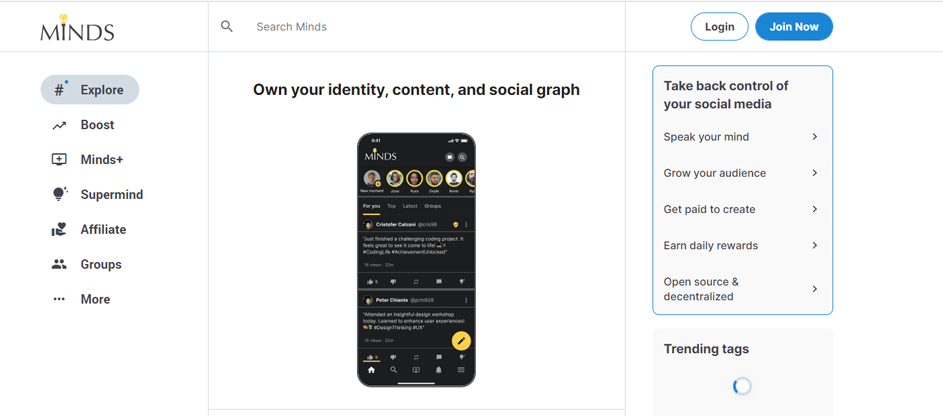
Chingari
Once TikTok, along with many other Chinese applications, had been banned in India, an alternative gained attraction among the youth generation of this country, which has over a billion people.
Changiri is a platform for sharing short videos, just similar to TikTok, and users can monetize their activity on this decentralized blockchain-based social media platform.
Mirror
If you are an author and want to make money by publishing your writings on a decentralized platform within Web 3.0, register on Mirror.
This unique social media platform is empowered by the Ethereum blockchain, the most famous blockchain pioneer in advances such as dApps and NFTs.
Mirror enhances the interaction between authors and their target audience more efficiently.

Numerous Web 3.0 Examples Exist
In this blog, we’ve delved into the future and investigated several examples of Web 3, which is already operating and paving the way for the third generation of the Internet.
As determined in the heading, there are many more Web 3 examples, and we couldn’t discuss all of them here. Therefore, we’ve selected 21 of the most noteworthy and highlighted them in this blog.
At Dream Farm Agency, we provide everything you need to take your business’s online presence to the next level, or Web 3.0, to be exact.
For further inquiries, please feel free to reach out to our team of experts.

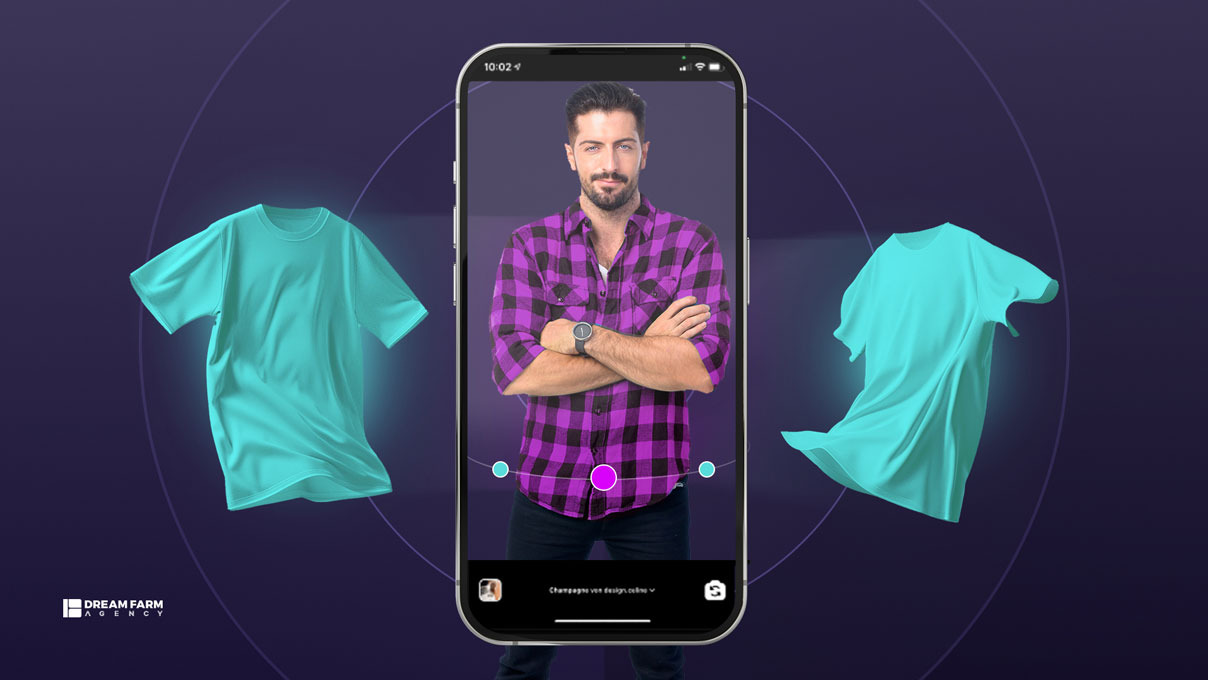

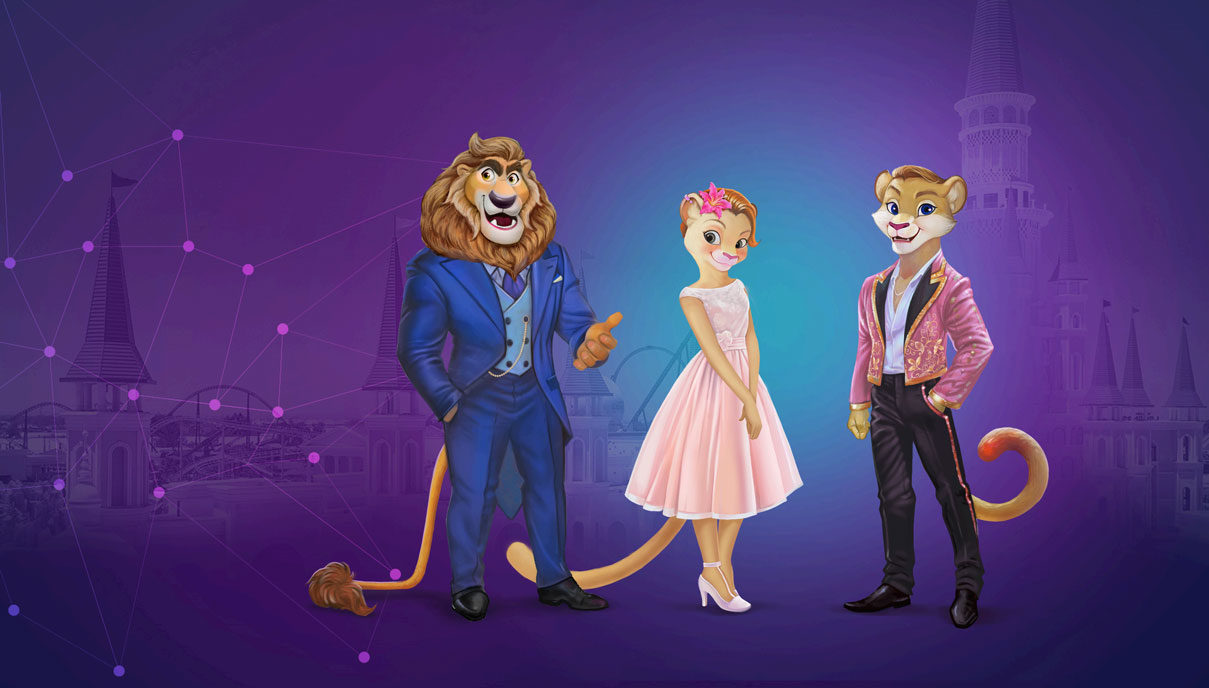


2 Responses
I really liked this subject due to the need for this computer science education. If possible, send to our email address. Thank you very much Nikan.
You’re welcome! I’m delighted to hear you liked the subject. If you have any more questions or need further help, just let me know.